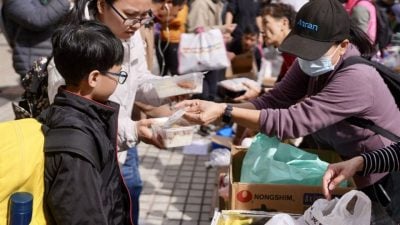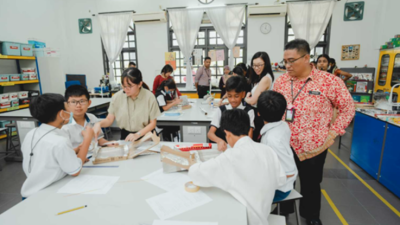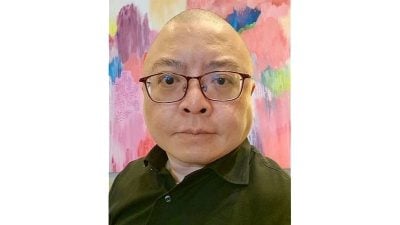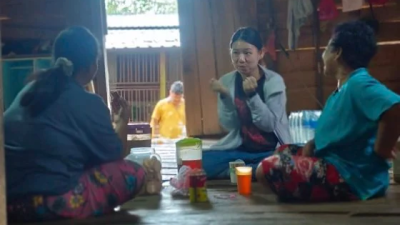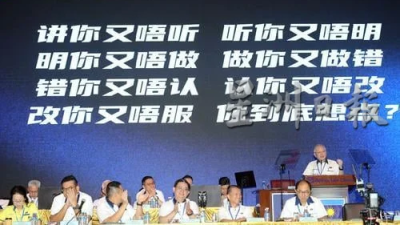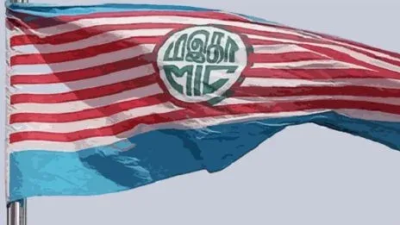At a time when China’s military intimidation of Taiwan dominates global headlines, a recently published monograph by academics Zachary Abuza and Cynthia Watson in the US-based National Bureau of Asian Research argues that it is Southeast Asia which is the primary laboratory for the development of the People Liberation Army’s joint forces and doctrine.
The aim: “To awe the states in the region into acquiescing to Chinese interests, values, and interpretations of international law.”
To this end, says the scholars, Beijing has developed a sophisticated toolbox to advance its national interest.
Despite President Xi Jinping’s pledge at a meeting of the Association of Southeast Asian Nations (Asean) in November 2021 not to seek regional dominance, China is operationalizing its doctrine of “unrestricted warfare” in the region.
This all-encompassing doctrine holds: “Any methods can be prepared for use, information is everywhere, the battlefield is everywhere, any technology might be combined with any other technology… the boundaries between war and non-war and between military and non-military affairs have systematically broken down.”
The assessment is that China is unlikely to escalate a conflict against Japan in the Senkaku Islands or use force against Taiwan because anything short of a clear-cut, decisive victory would be a political disaster for the Chinese Communist Party leadership and bring its legitimacy into question.
That is what makes Beijing’s military modernization and force posture in Southeast Asia so important, write Abuza and Watson, as Southeast Asian adversaries give China the opportunity to engage in kinetic operations against much weaker adversaries farther from its shores and in situations that, should things not go well, would be much easier to de-escalate without too much embarrassment domestically.
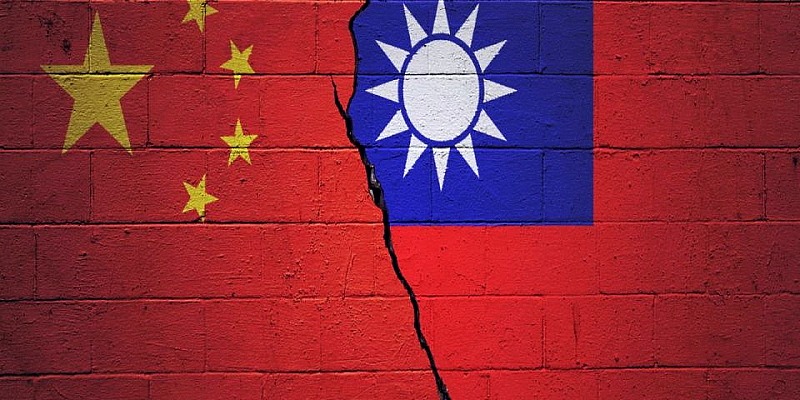
In effect, the authors are saying that China is using Southeast Asia as a trial ground for its joint forces both operationally and to achieve doctrinal clarity.
Critics of this argument counter it by saying this is an alarmist reading of China and motivated by Washington’s desire to instill fear and suspicion among Asean member-states to keep them out of the Sinosphere, as it were.
It is pointed out that the PLA’s Southern Theatre Command (STC), in charge of land-sea-air operations in Southeast Asia, is little different from the continually evolving joint commands of other major powers.
Yet, there is no ignoring the fact that the STC possesses new command, control, communications, computers, intelligence, surveillance, and reconnaissance (C4ISR) capabilities which China has consistently shown a willingness to deploy to advance its interests.
What is of particular concern to defense experts is the massive naval component of the STC which also commands all Chinese Coast Guard and maritime militia ships.
In fact, the PLA Navy’s Southern Fleet receives a higher proportion of advanced warships and submarines than any other theater command including the Eastern Theater Command responsible for the liberation of Taiwan and operations in the Senkaku Islands.
It ought to give Southeast Asian nations, not to mention countries such as India and Australia, pause for thought at the very least.
ADVERTISEMENT
ADVERTISEMENT









